Elevate Your E-Learning: A Guide to Active Engagement and Retention
E-learning has become an indispensable tool for employee training and development across various industries. However, many organizations grapple with the challenge of maintaining learner engagement and ensuring effective knowledge retention. In a recent webinar, e-learning content developer Jake Holmberg shared valuable insights and practical strategies to create impactful e-learning experiences.
The E-Learning Development Process: A Critical Look
Holmberg began by outlining the typical e-learning course development process:
Gathering existing assets: This involves compiling all available materials, such as help center content, videos, and previous e-learning modules.
Organizing content: Arranging the collected information into a logical and coherent structure.
Creating additional assets: Developing supplementary materials like videos, authoring tool content, and quizzes.
Reviewing and editing: Refining the course content through review cycles and editing.
Launching the course: Deploying the final course through a learning management system (LMS) or similar platform.
Despite this well-defined process, many e-learning courses fail to achieve their objectives. Learners often express frustration with irrelevant or tedious content and struggle to retain the information. This lack of engagement and retention can hinder the effectiveness of training programs and diminish their return on investment.
The Case for E-Learning: Backed by Data
Holmberg emphasized the importance of considering e-learning as a viable and effective training method. He cited statistics highlighting the advantages of e-learning over traditional face-to-face instruction:
Increased information retention: E-learning content can lead to 60% higher information retention compared to face-to-face instruction within the same time frame.
Enhanced learning: Employees can learn up to five times more effectively through e-learning modules.
Revenue impact: A significant percentage (42%) of companies attribute increased revenue directly to their e-learning courses.
These statistics underscore the potential of e-learning to drive knowledge retention, improve learning outcomes, and contribute to business growth.
Active Learning: The Key to Engagement
The webinar emphasized the pivotal role of active learning in creating engaging and effective e-learning experiences. Active learning involves engaging learners in the learning process, prompting them to actively participate and interact with the material rather than passively consume information.
Holmberg contrasted active learning with passive learning, where learners receive information without actively engaging with it. While passive learning methods like watching videos or reading have their place, active learning strategies are crucial for promoting deeper understanding and retention.
Principles of Adult Learning: Insights from "Make It Stick"
The webinar drew upon the principles of adult learning outlined in the book "Make It Stick" by Peter Brown, Henry Roediger, and Mark McDaniel. These principles provide a framework for designing e-learning experiences that resonate with adult learners:
Spaced repetition: Reinforcing information over time through spaced intervals to enhance retention.
Interleaving: Mixing different subjects or concepts to improve learning and the ability to distinguish between them.
Embracing failure: Incorporating opportunities for learners to make mistakes and learn from them, as failure can be a powerful learning tool.
Active retrieval: Encouraging learners to actively retrieve information from memory, which strengthens learning and retention.
The Number One Mistake: Passive Content
Holmberg identified the number one mistake in e-learning course development as the creation of passive content. Many courses, despite being well-organized and visually appealing, merely present information without engaging learners. This passive approach fails to activate learners' cognitive processes and hinders effective learning.
Strategies for Active Learning in E-Learning
To address the issue of passive content, Holmberg proposed several practical strategies for incorporating active learning into e-learning courses:
Leading with questions: Start with thought-provoking questions to pique learners' curiosity and encourage active thinking.
Chunking content with quizzes: Break down content into smaller chunks and include quizzes between sections to reinforce learning and assess comprehension.
Using mock scenarios: Create realistic scenarios that allow learners to apply their knowledge and make decisions in a safe environment.
Boosting retention with failure: Design quizzes and scenarios that include challenging questions and opportunities for learners to experience failure, followed by corrective feedback.
By implementing these active learning strategies, e-learning developers can create more engaging, effective, and impactful training experiences .
